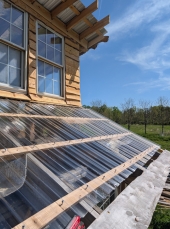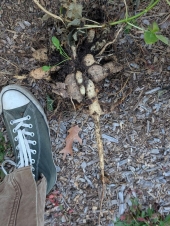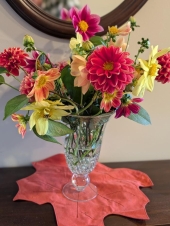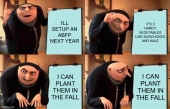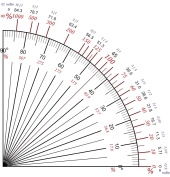Welcome to permies, Zach!
First, here's a good reminder regarding percent
grade (slope). Recall that a 100% grade is a 45° angle. A 15% grade would be rising (or dropping) 15 feet over the course of 100 feet of run. A 15% grade is less than 9°.

(
Source)
If you need to know your slope:
Google Earth can get you a good number over a large area. There are likely phone apps you could useYou can estimate it by hand, knowing your height of eye along with a tape measurer, and perhaps a spirit level or a transit and some string.
You mention needing more water retention. Hmmm...are there signs of erosion or runoff happening?
If you'd like to nerd out a little bit, you can do a search for
runoff coefficients to estimate how much runoff you have leaving the land. A lower runoff coefficient means that more water is soaking in, yay! You may find that your soil is soaking in a bunch already, and a swale may not spread the water much. In any case...
I personally would let the trees stay where they are, undisturbed.
They've been seeking out water since you planted them, and drier conditions will make them search deeper. Recall that
mulch and organic matter can greatly increase water retention, so time-wise, collecting organic matter might pay off more than digging by hand due to added benefits. If soil is compacted, a
broadfork could help, too. To save time, you could also do some
micro-earthworks like "fish scale swales" or "boomerang berms".
Best wishes!


